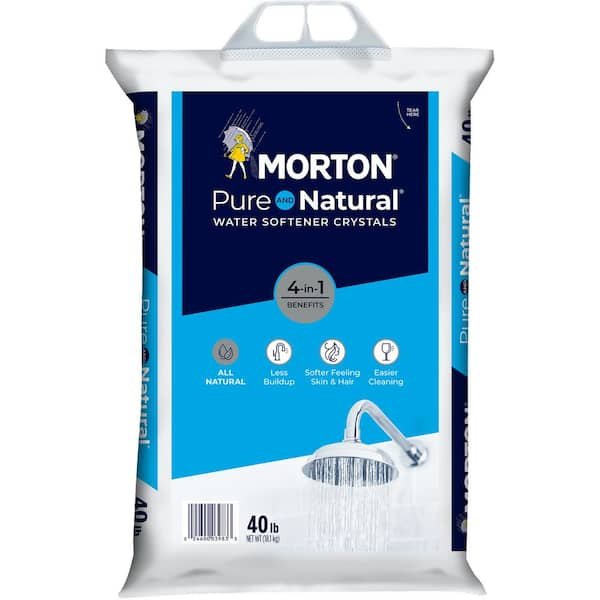Do you or have you checked your nitrate levels as a general rule? Do you know what the nitrates were regularly before the power outage?
As I mentioned above, I change 450gal of a 600gal system in a single exchange every week. That’s a 75% weekly water change, every week, without fail. My rays not only show no signs of stress with these big water changes, they actually have increased activity and display behavior that shows their love for clean fresh water on water change day.
If you have very high nitrates all the time, then the hit your bio filter took with the outages made your water even more toxic by adding ammonia and most likely nitrite into that equation and overwhelmed your ray in a short period of time.
Please understand that I am just looking at your situation from a practicality stand point using the information you have provided.
In short, with big waste producers like rays and oscars, large weekly water changes are necessary to keep the nitrates at a non-toxic level. Others on here here use a drip system which is continually exchanging water, and if I understand correctly from those I have had dialogue with, the drip exchange amounts to somewhere between 50 & 100% of the total water volume over a week long period.
As I mentioned above, I change 450gal of a 600gal system in a single exchange every week. That’s a 75% weekly water change, every week, without fail. My rays not only show no signs of stress with these big water changes, they actually have increased activity and display behavior that shows their love for clean fresh water on water change day.
If you have very high nitrates all the time, then the hit your bio filter took with the outages made your water even more toxic by adding ammonia and most likely nitrite into that equation and overwhelmed your ray in a short period of time.
Please understand that I am just looking at your situation from a practicality stand point using the information you have provided.
In short, with big waste producers like rays and oscars, large weekly water changes are necessary to keep the nitrates at a non-toxic level. Others on here here use a drip system which is continually exchanging water, and if I understand correctly from those I have had dialogue with, the drip exchange amounts to somewhere between 50 & 100% of the total water volume over a week long period.




